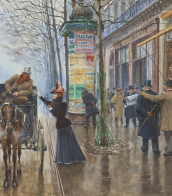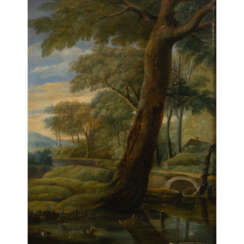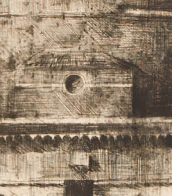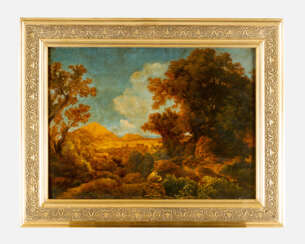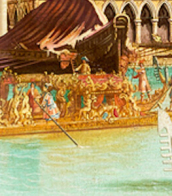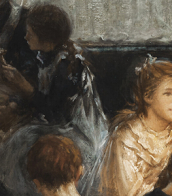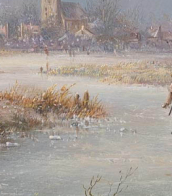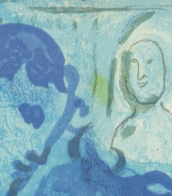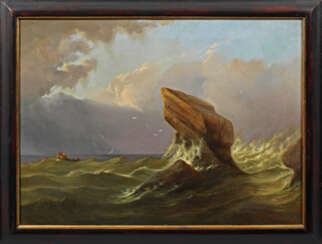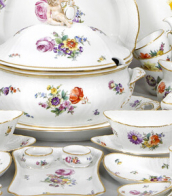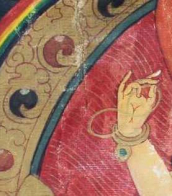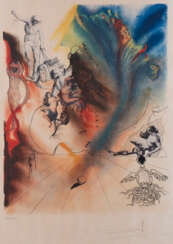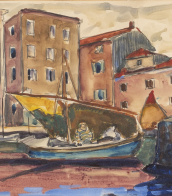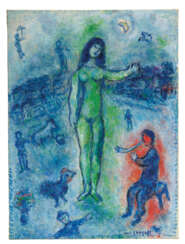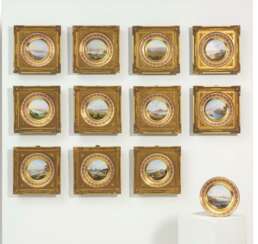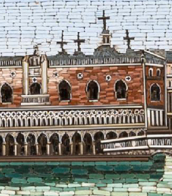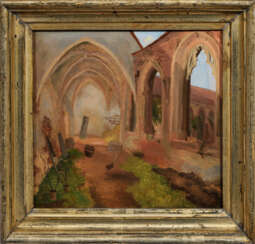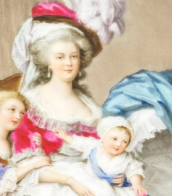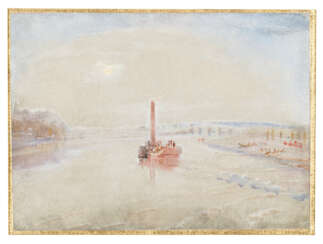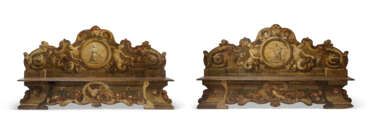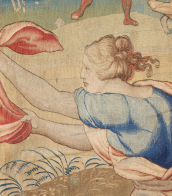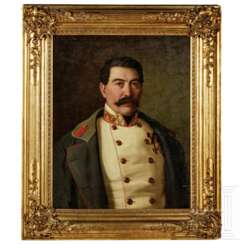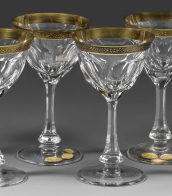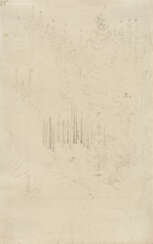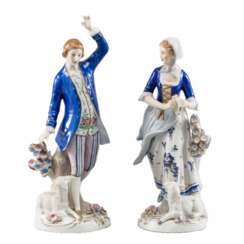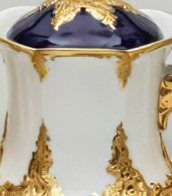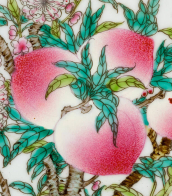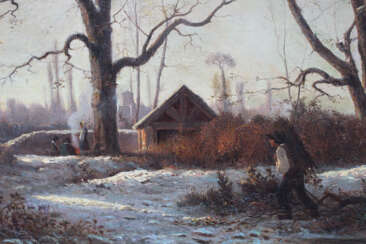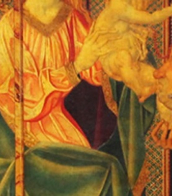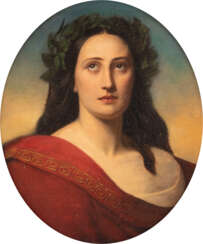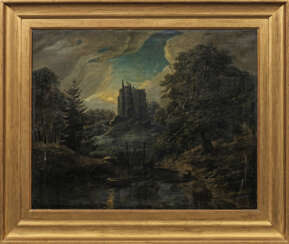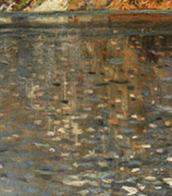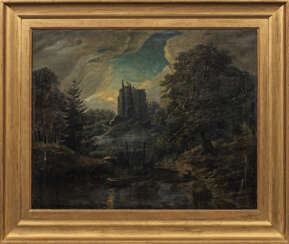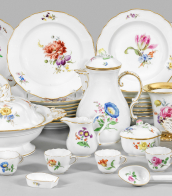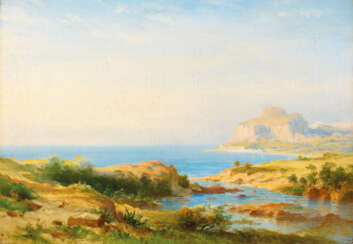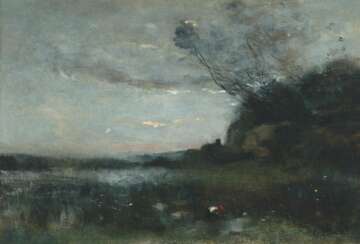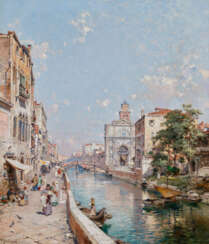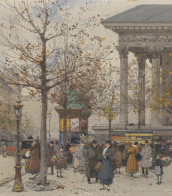romantic painting


Joseph Mallord William Turner, a seminal figure in British painting, was born in 1775 and left an indelible mark on the Romantic movement. Known for his expressive coloration, imaginative landscapes, and turbulent marine paintings, Turner's work transcends the traditional boundaries of art to capture the sublime force of nature. His career was distinguished by early talent, evidenced by his acceptance into the Royal Academy at the young age of 14, and a prolific output that included over 2,000 paintings and 19,000 drawings and sketches.
William Turner's unique approach to landscape painting, characterized by dramatic skies and atmospheric effects, set a new standard for capturing mood and emotion on canvas. His innovative use of light and color influenced countless artists, elevating landscape painting to rival the status of history painting. Turner's legacy is also marked by his eccentricity and reclusiveness, traits that only added to the mystique surrounding his artistic genius.
Among his most famous works are "The Fighting Temeraire," symbolizing the passing of the old world, and "Rain, Steam and Speed," capturing the Industrial Revolution's impact. These paintings not only showcase William Turner's technical skill but also his philosophical engagement with the changing world around him.
For collectors and experts in art and antiques, William Turner's works represent the pinnacle of Romantic art, offering insight into the 19th-century aesthetic and philosophical landscape. His influence on subsequent generations of artists underscores his position as a pivotal figure in the history of Western art.
To stay informed about Joseph Mallord William Turner's works and related events, signing up for updates from reputable art institutions can provide valuable insights into new discoveries and auction events related to this master of the British landscape.

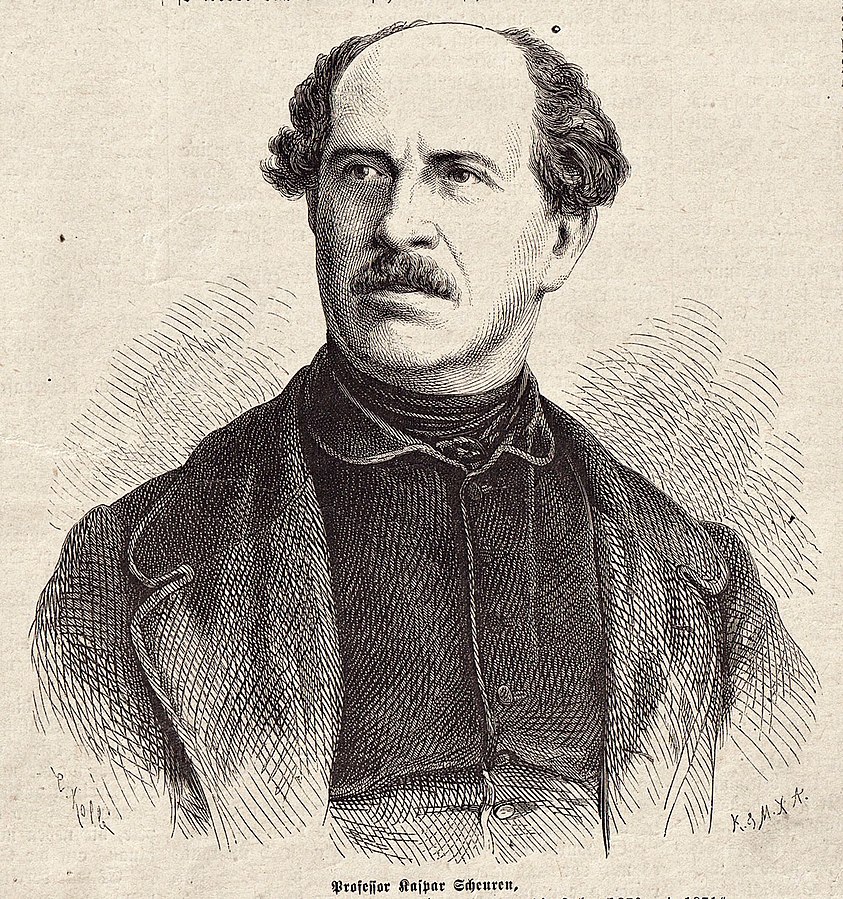
Caspar Johann Nepomuk Scheuren is a German painter and illustrator.
After receiving an elementary art education from his painter father Egidius Scheuren, he studied landscape painting at the Düsseldorf Academy of Art, where he later became a professor.
Caspar Scheuren gradually developed an allegorical style of landscape painting, including motifs from stories and legends of the Rhine. He produced more than 300 oil paintings, 600 watercolors and 400 engravings.

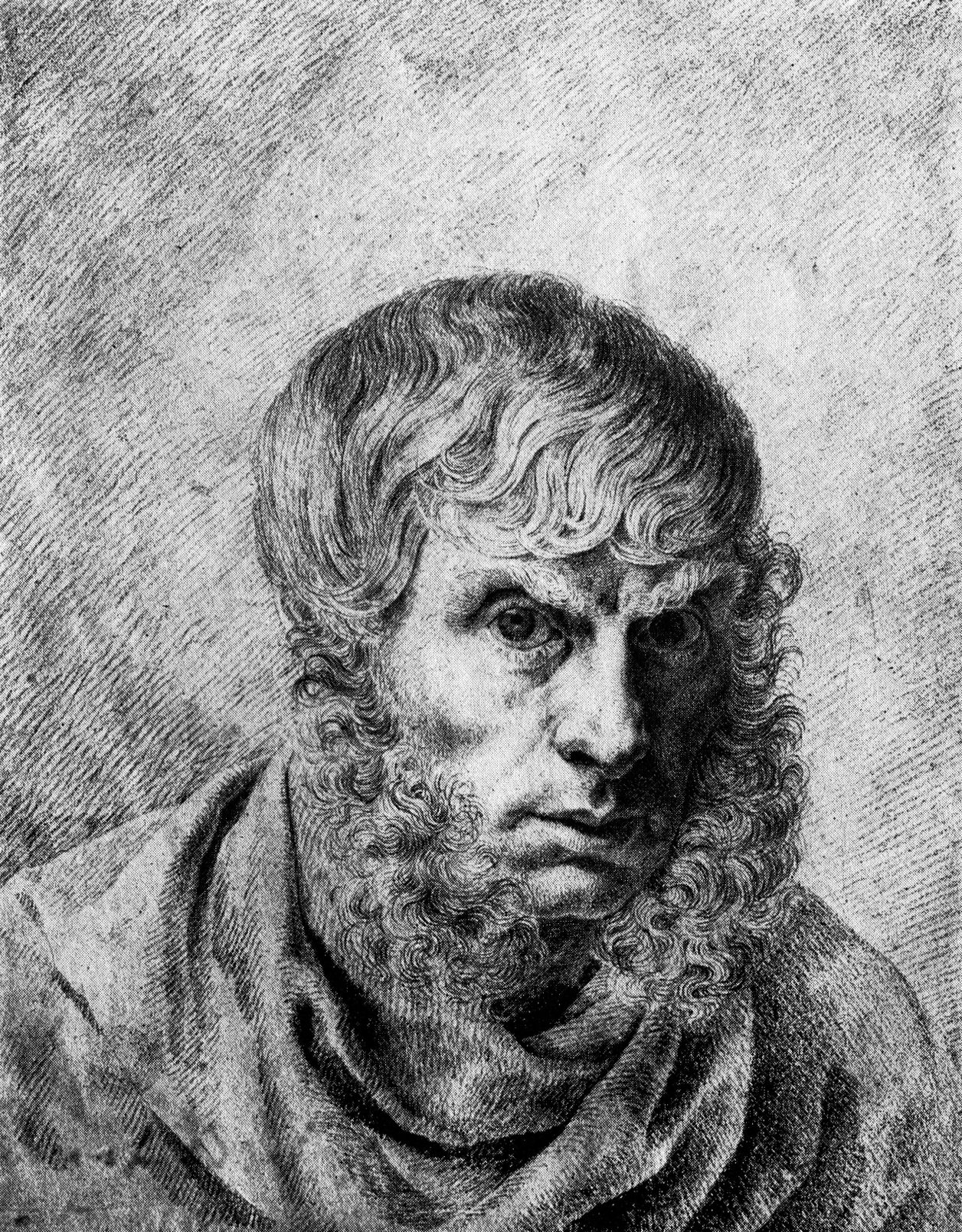
Caspar David Friedrich was a German painter of the late eighteenth and first half of the nineteenth centuries. He is known as a painter, draughtsman, watercolorist and is considered a key figure of early German Romanticism.
Caspar David Friedrich was the leader of the so-called Dresden Romantics, known for their emotionally intense landscapes. The artist himself viewed nature as a reflection of the soul and a symbol of religious experiences, creating works with deep symbolism. He actively used landscape to convey his emotions and used the technique of transporting the viewer into the virtual space of the painting. His works often depicted figures immersed in the contemplation of nature, facing infinity, which created a unique effect.

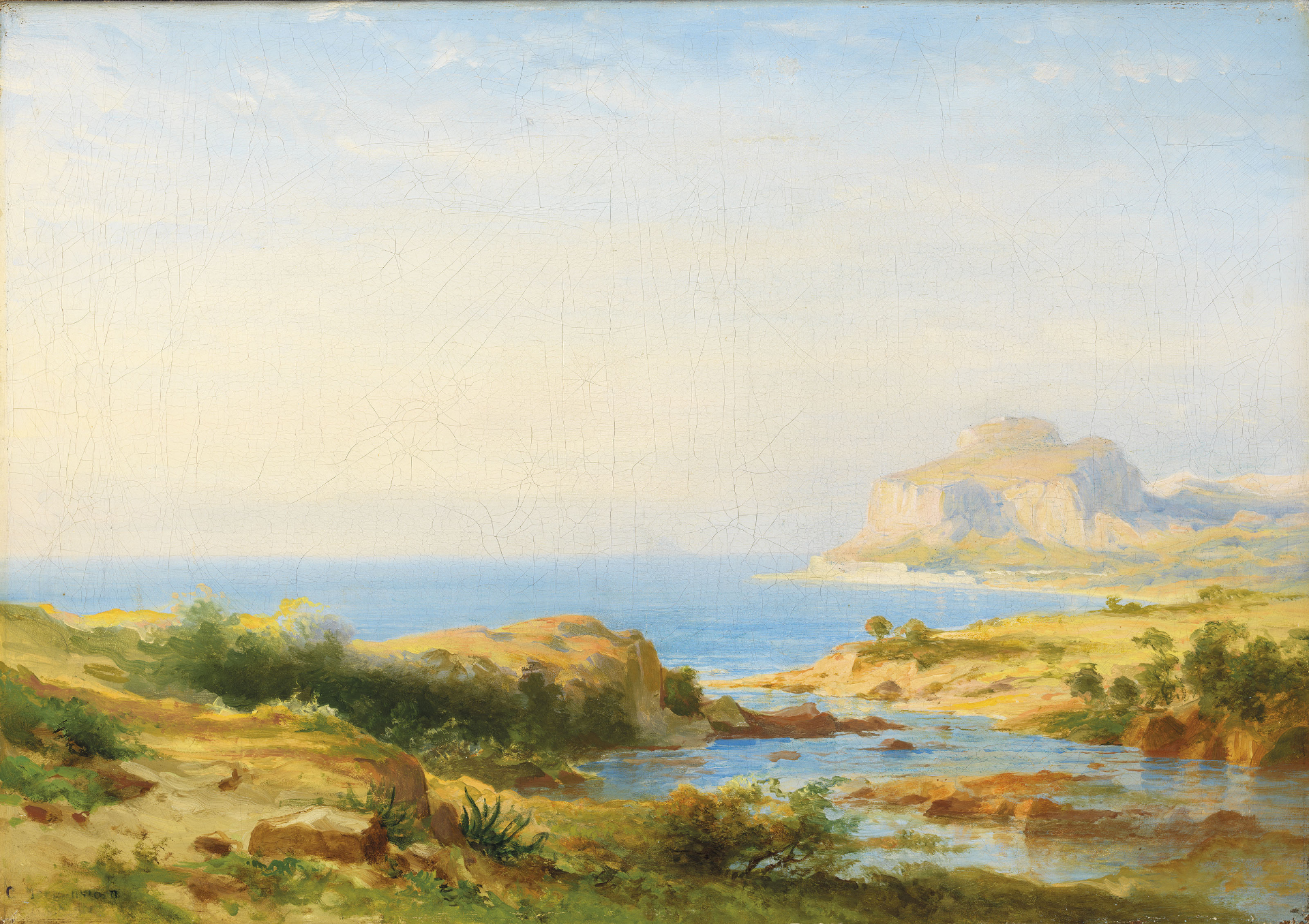
Carl Morgenstern was a German landscape painter of the Romantic period. His father, Johann Friedrich Morgenstern, was an architectural and landscape painter, and Carl received painting and drawing lessons from him at a young age.
At the age of 21 Carl went to Munich and became a pupil of the landscape painter Carl Rottmann. After a three-year stay in Italy, he returned to Frankfurt am Main, where he established himself as an artist and was later appointed professor.
His paintings from the early period mainly show landscapes, which surprise with special light effects and earned him the nickname "Italianist". Despite his desire for artistic innovation, he later devoted himself mainly to repeating popular motifs in order to satisfy his patrons.
Some of his most important works are views of Frankfurt am Main and the city's surroundings, as well as landscapes from the Taunus and along the Rhine.
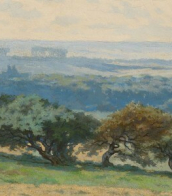
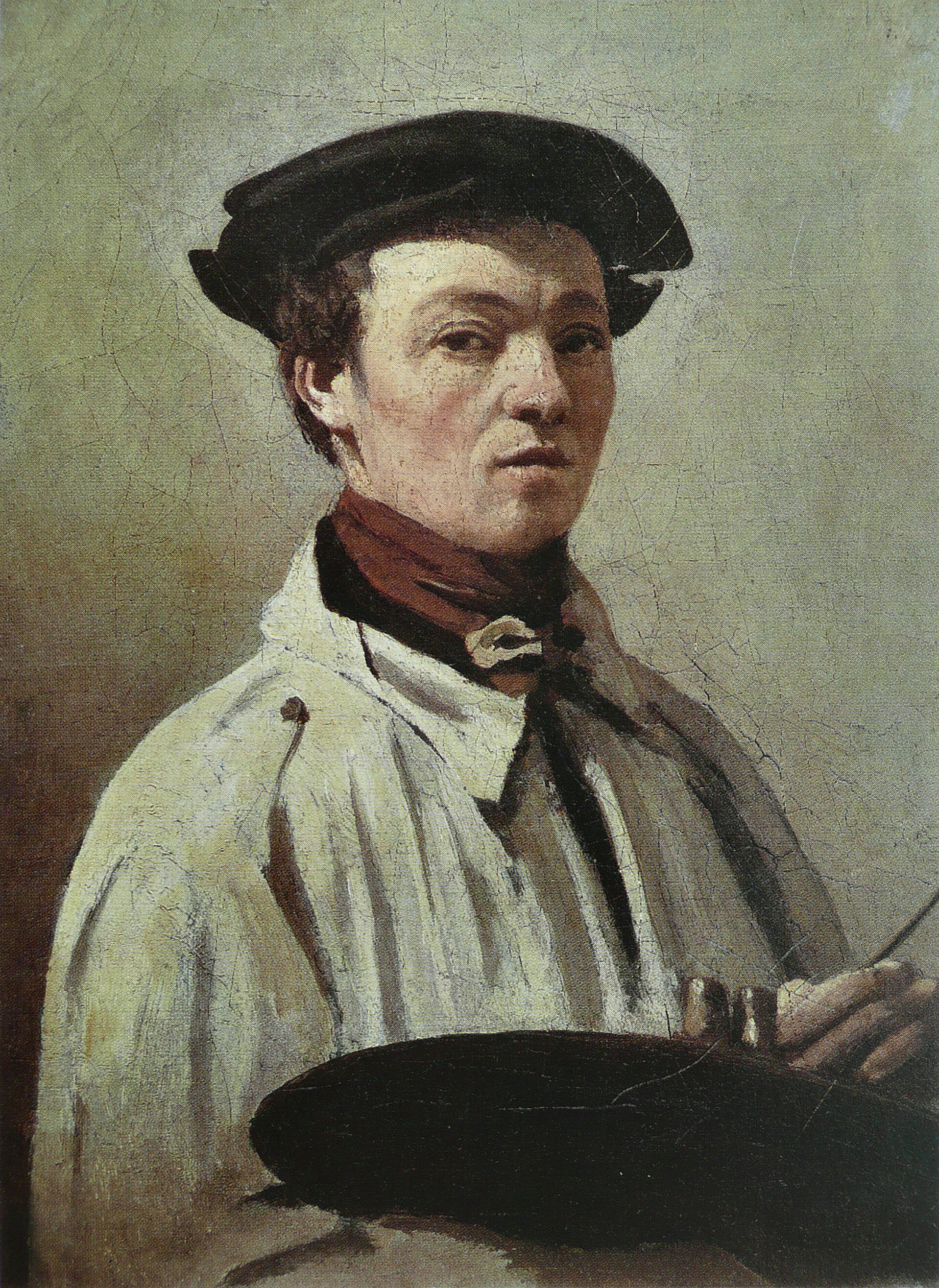
Jean-Baptiste-Camille Corot was a French landscape and portrait painter as well as a printmaker in etching. He is a pivotal figure in landscape painting and his vast output simultaneously referenced the Neo-Classical tradition and anticipated the plein-air innovations of Impressionism.
